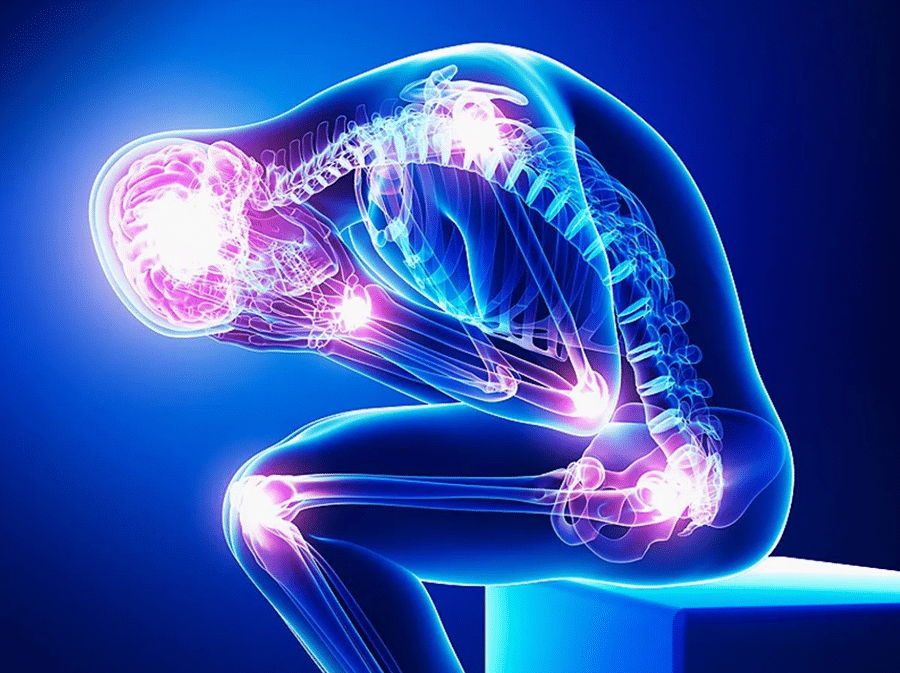Every health-conscious person today is most certainly on one diet form or another. However, to find the diet that will work for you and your fitness goal, understand how it works, and implement it are some of the basic steps that you must ace to get visible results. Though the article cannot cover all the diet forms, it surely will leave you fully informed on everything about the keto diet by the time you get to the end of the article.
Contents
- What Is The Keto Diet, And How Does It Work?
- Calorie Breakdown Ratio And Different Types Of Keto Diets
- Health Benefits Of The Keto Diet
- Allowed Foods For The Keto Diet
- Foods You Are Not Allowed To Eat
- Side Effects Of Being On The Keto Diet And Ways To Minimize Them
- Potential Risks Of The Keto Diet
- Tips And Tricks For A Better Keto Diet Journey
- Related
What Is The Keto Diet, And How Does It Work?

Glucose happens to be a prime source of energy for our body, but what do you think will happen once we halt this source, i.e., stop consuming carbohydrates? With no other energy source, the body will switch from burning carbs to burning fat for energy. Your body will create molecules, ‘ketones,’ to use as fuel which puts your body in ‘ketosis.’
This method of bringing the body under this metabolic state to maintain the ketone levels gives the ‘keto’ diet its name and purpose. And as you must have already guessed, keto is a low-carb and high-fat diet, with the main aim of letting your body burn the stored fat to regain energy. But, how low-carb are we talking about, and what are the allowed foods? Let’s find out.
Calorie Breakdown Ratio And Different Types Of Keto Diets

Though it is recommendable to consult an expert before starting a keto diet to get a personalized keto plan organized, an average keto diet for a rough idea will be – 70-75% fat, 20-25% protein, and 5-10% carbs.
Now the question here is, why is the protein consumption being moderated too? Well, the answer to it is the ability of the body to convert proteins into glucose(energy) when consumed in high quantities, which eventually slows down the process of ketosis.
However, there are various ketogenic diets one could follow apart from the standard keto diet (SKD) mentioned above, some of which include:
Cynical Keto Diet (CKD) – The version includes two carb days followed by five ketogenic days, i.e., periods of higher-carb.
Targeted Keto Diet (TKD) – The version allows you to consume carbs or add them to your diet around the workouts.
High Protein Keto Diet (HPD) – The version is much like the standard diet, with a higher protein ratio of about 35%.
While SKD and HPD have been studied extensively, more studies are needed to understand the effects of other versions of it and their precise results.
Health Benefits Of The Keto Diet

Coming to the key point, let us discuss the several health benefits of starting the keto diet.
- It stimulates metabolism with the increased fat burn and reduced appetite, paving the way to quick weight loss results.
- The keto diet is perfect for lowering insulin levels and managing blood sugar levels.
- Improves heart health with a reduced risk of heart attacks and cardiovascular diseases. It also balances cholesterol levels, promotes good cholesterol, and cuts out the effect of bad ones.
- Reduced risk of seizures and other brain disorders.
- Maintained blood pressure levels, eliminating related risks.
- A boost to skin health, especially for those suffering from acne.
- Studies underway even suggest it is beneficial in cancer treatments, Parkinson’s disease, among various other conditions.
- A hormonal disorder called PCOS is claimed to improve by following the keto diet.
Allowed Foods For The Keto Diet

Low carb and high-fat foods are what make for a perfect keto diet. Meat like steaks, turkey, sausages, chicken, bacon, fatty fish like tuna, etc., are excellent on this diet. Dairy items like eggs, milk, cheese, and other full-fat dairies are allowed on the keto diet. One could also eat nuts and seeds as a snack without worrying about breaking the diet rules. But one cannot eat all the vegetables, only low-carb veggies like green veggies, tomatoes, onions, peppers, etc. However, there are no constraints in having a tasty little treat of avocados or good old guacamole.
Foods You Are Not Allowed To Eat

It is crucial to restrict high carbs of any sort in the diet for ketosis to work correctly; therefore, it is important to know what not to eat as it is to know about the allowed foods.
Any form of sugary items like soda, smoothies, cake, candy, etc., are all restrictable in the keto diet. Grains like wheat, rice, bread, pasta, legumes, and starches are to be avoided, including starchy veggies like corn, potatoes, root vegetables, and most fruits. Alcohol and processed foods, too, are a big no-no for ketosis to work efficiently.
Side Effects Of Being On The Keto Diet And Ways To Minimize Them

To feel a certain way, whether it is in terms of weakness, digestive discomfort, or any other health issue, is entirely normal when switching to a different diet form as it is your body adapting to the new eating habits.
In terms of the keto diet, this adapting process is the keto-flu, with symptoms including constipation, diarrhea, vomiting, among other less common symptoms such as:
- Increased hunger
- Poor energy levels
- Poor mental functioning
- Digestive discomfort
- Nausea
- Decreased exercising stamina
- Sleep issues
While these are the symptoms that one may encounter during the first few weeks of switching, let’s see ways to minimize these to make the process easier.
The first and perhaps the most effective way to reduce these symptoms is to transition to a complete keto diet slowly and smoothly. One can gradually decrease the carbs in the diet instead of eliminating the carbs at once. It will give your body time to learn and adapt to this new energy source and find ways to work it out.
Another additional method is to understand the nutritional needs of your body by talking to your doctor. The keto diet might create a mineral and water imbalance in the body; therefore, adding extra salt or taking mineral supplements might be what you need to get back on track. You also need to be sure of eating enough to make you full without being too uptight about the calorie restriction since the weight loss process by ketosis is hardly troubled by the intake of calories.
Potential Risks Of The Keto Diet

Though a keto diet may be what you need, ever wondered if this weight loss will be long-term or short-term, also if any complications accompany the process? Each diet form carries with it a potential set of risks and complications, and keto is not different; let’s have a look at what these are.
Temporary weight loss
The weight loss may be temporary and return as soon as you switch back from the diet. It is because carbs hold more water than fats, making you lose water, leading to drastic water weight loss. This could cause the weight to return when carbs are back into your meal.
Other adverse side effects:
- Extra fat in the liver
- Kidney stones
- Low protein in the blood
- Micronutrient deficiencies
Tips And Tricks For A Better Keto Diet Journey

Although there is nothing better than listening to your body and its needs to make the journey easier and comfortable, it is always a good idea to have some tips and tricks up your sleeve. Take a look below and see if there’s something that might add value to your journey.
- Look up recipes and do not stop experimenting with allowed foods to maintain fun in the diet. There are many keto diet recipes and cookbooks online you can refer to.
- Start with familiarizing brands and products and the ingredients and their nutritional count, especially for the essentials.
- Prepare a meal plan to save evaluation at the time of the meal. What’s more, it also allows you to give frozen keto meals a try now and then.
- Bring your own food or pre-plan the meal when visiting someone or attending an event.
- Learn more about keto-friendly snacks, and do not let your munching time deviate from the diet rules.
Conclusion
While the keto diet is an ideal diet form for people aiming for fat loss, have diabetes, or are finding ways to boost their metabolic functions, there is only little limitation on who can give it a shot. It is, however, imperative to consult a doctor or an expert before making any serious diet changes, as it can sometimes result in complications if not properly implemented.


